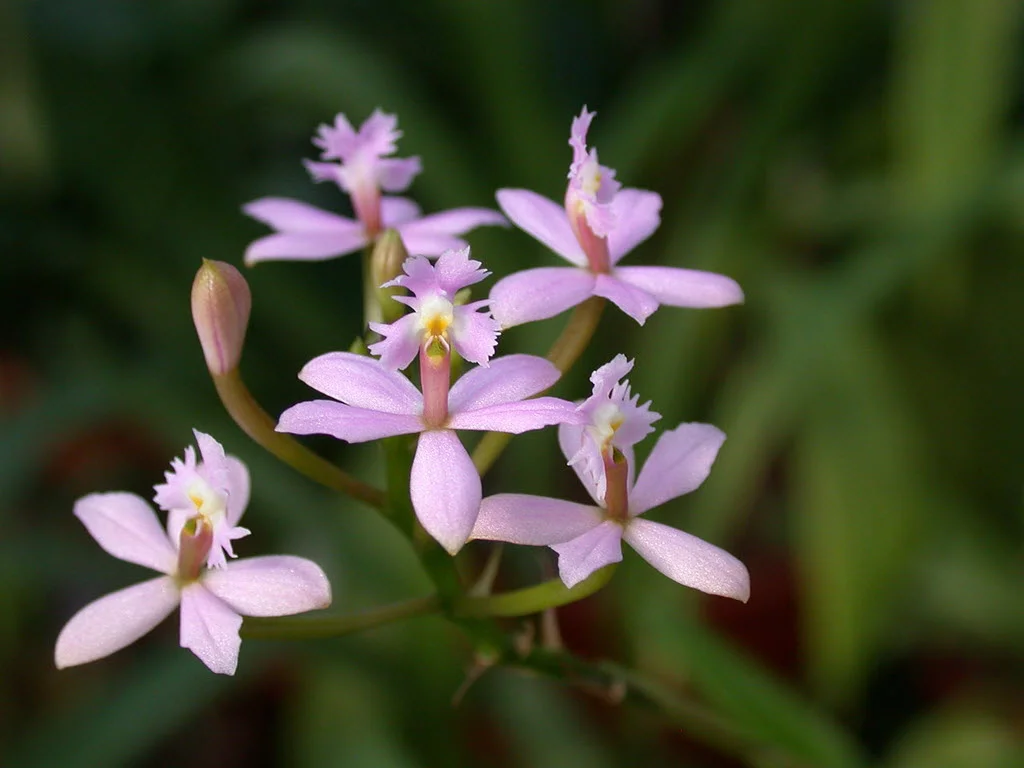Table of Contents
Introduction
Did you know that vanilla is actually harvested from orchids?
There are around 100 species from the Vanilla genus and the most usually used for commercial production is the Vanilla planifolia. Vanilla orchids bloom with a variety of looks but usually they are white, greenish-yellow, cream or light green. Some even flourish with a trumpet-shaped lip. Their flowers bloom in succession but they have a lifespan that is very short.
Vanilla Planifolia
Typically, they open during the morning and close on the same day as well. Some even open for just a few short hours.
The Vanilla orchid blossoms like a vine and needs a lot of support since the stems grow so long. In fact, a Vanilla orchid does not bloom until it reaches 20-30 feet in length. It really takes time and patience if you want to grow a Vanilla orchid at home.
Temperature
A typical Vanilla orchid thrives in an environment with warm temperatures. Ideal daytime temperatures would range from 80°F to 85°F (26.7°C to 29.4°C) while nighttime temperatures should range from 65°F to 75°F (18.3°C to 23.9°C).
It would not be advisable to plant a vanilla orchid outside if you are in an area that exceeds these ideal temperatures.
Light
A Vanilla orchid requires bright natural light. Just make sure that it does not get direct sunlight because this could damage the plant or cause sunburn.
An ideal area to grow a Vanilla orchid is at a greenhouse’s southern end or on a trellis or shaded tree. This will help the Vanilla orchid receive indirect sunlight.
Water and Humidity
This orchid requires regular watering. In between waterings, you can allow the top 2-3 inches of the orchid to dry out. A Vanilla orchid needs a high level of humidity — 85 percent.
Usually, this would be difficult to achieve unless you utilize a greenhouse where humidity levels can be controlled. Always keep in mind that high humidity levels require proper air movement in order to prevent disease.
Feeding
During active growth periods of a Vanilla orchid, fertilize weekly by using a 30-10-10 high-nitrogen solution. If it is not in active growth, you can use a 20-20-20 fertilizer solution.
Always remember that you should never add any fertilizer whenever an orchid is dry. This can result to severe root or leaf damage.
Potting
A Vanilla orchid works best with a potting medium mix of peat moss and fir bark.
Due to the characteristic of a Vanilla orchid to grow to great lengths, it would be best to provide support or stakes for the vines. When your orchid reaches 20 feet, you can opt to cut it at 2-3 foot intervals then repot the actual cuttings in a fresh potting medium.
Always make sure that you apply fungicide on the cut surfaces in order to prevent infection. You should also wear gloves when repotting because a Vanilla orchid has sap on its stems and roots that can cause skin irritation. When you get the sap on your skin, wash it thoroughly and immediately.
Video
Do you want to see how vanilla beans are handpicked by locals? Let's join Sasu and Ben & Jerry during their vanilla harvest.
Okay, I should have appended a care video but I got sidetracked after seeing this awesome vid. If you want to watch care instructions, check out Miss Orchid Girl.
Read more fascinating stories of orchids in our complete list of orchid types.











